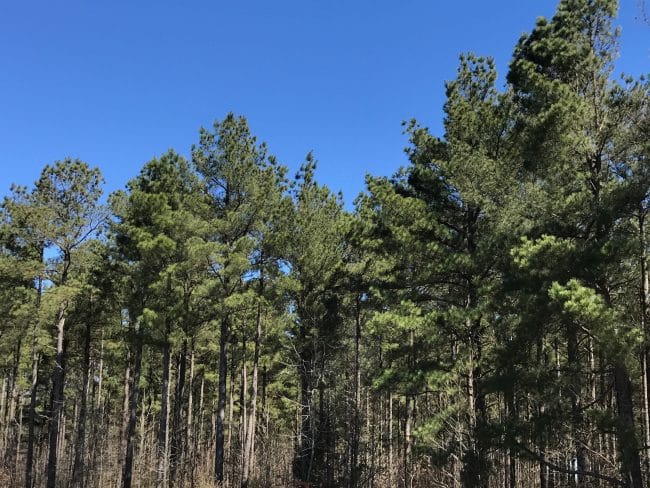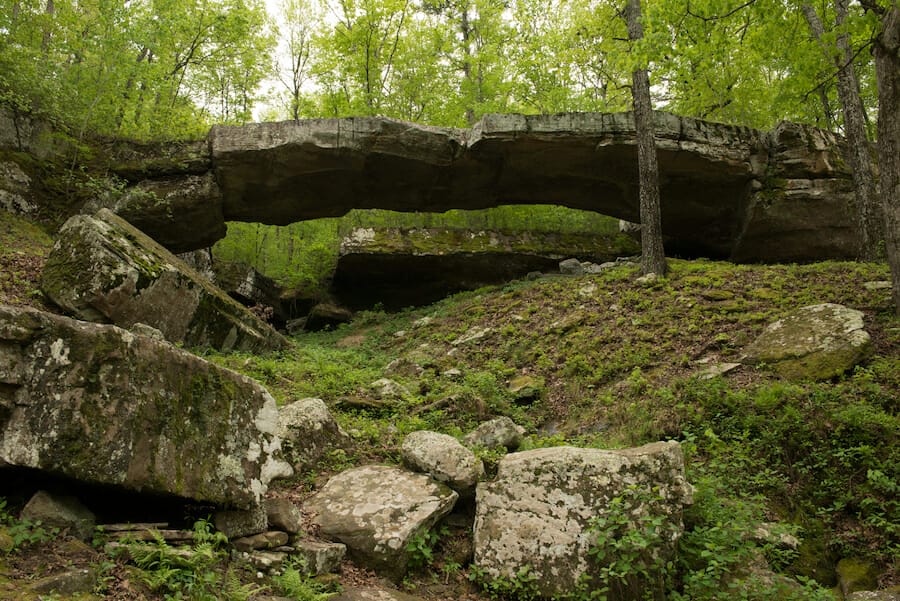School is out, and kids are in full summer mode. Unfortunately, it doesn’t take long for boredom to set in, so it’s the perfect opportunity to sneak in some learning and disguise it as a fun summer adventure. Discovering Arkansas’s history and exploring important places and regions within the state over the summer can be an enjoyable and enriching experience for kids.
With its rich Native American heritage, pivotal role in the Civil War, contributions to the Civil Rights Movement, and unique geographical makeup, Arkansas offers a treasure trove of historical significance. By immersing children in their local heritage, they can develop a deep appreciation for the past and gain a broader understanding of American history.
Arkansas history is taught in schools, but summer is a great time to get out and see the sights firsthand. It’s an easy way to break up the monotony of summer and keep kids’ brains active. So, let this summer become a journey through time as Arkansas becomes an exciting classroom where adventure and learning intertwine for the whole family.

Historic Sites
Historic sites can offer a glimpse into the past and provide insight into the future. Here are a few of the top historic sites in Arkansas:
- Little Rock Central High School National Historic Site – This iconic site was pivotal in the Civil Rights Movement. Here, the Little Rock Nine, a group of African American students, faced significant challenges while integrating into the school in 1957. Those nine students grabbed the entire nation’s attention and took pivotal steps in the Civil Rights Movement.
- Fort Smith National Historic Site – Located on the Arkansas-Oklahoma border, this historic site preserves the history of the former frontier military post. Visitors can explore the restored fort buildings and learn about their role in maintaining peace on the frontier during the 19th century.
- Historic Dyess Colony – This site, located in Dyess, preserves the history of the New Deal-era agricultural resettlement community. Visitors can tour the restored boyhood home of music legend Johnny Cash, who grew up in Dyess and visit the museum celebrating the rich history of resettlement communities and Arkansas’s Delta region.
- MacArthur Museum of Arkansas Military History – Housed in the historic Tower Building in Little Rock, this museum pays tribute to Arkansas’s military history. It features exhibits of the state’s involvement in various conflicts and the life and career of General Douglas MacArthur.

Arkansas State Parks
Many of the 52 Arkansas state parks focus primarily on the natural beauty of Arkansas and outdoor activities like hiking and fishing. A few incorporate elements of Arkansas history into their offerings and provides opportunities to learn about the state’s history:
- Historic Washington State Park – This park offers a fascinating glimpse into 19th-century life in a historic Arkansas community. Visitors can explore restored buildings, including homes, a courthouse and a blacksmith shop, showcasing the town’s heritage.
- Toltec Mounds Archeological State Park – This site contains one of the largest and most impressive Native American mound complexes in the Southeast. Visitors can explore the mounds and learn about the ancient Native American cultures that once thrived there.
- Powhatan Historic State Park – Located on the banks of the Black River, Powhatan Historic State Park showcases the history of a once-thriving riverport town. Visitors can explore restored historic buildings, including the Powhatan Courthouse, which served as the Lawrence County seat from 1869 to 1963.
- Parkin Archeological State Park – This state park preserves the site of a Native American village from A.D. 1000 to 1600. Visitors can explore the archeological remains and learn about the Native American culture that once thrived in the region. The park features interpretive exhibits and educational programs that provide insights into the history and daily life of the inhabitants.

Arkansas Game and Fish Commission Nature/Education Centers
The Arkansas Game and Fish Commission education centers play a valuable role in teaching about Arkansas history by incorporating it into their educational programs and exhibits. It’s Time to Visit an Arkansas Nature Center to connect with the state’s natural resources, conservation efforts and cultural heritage.
- Witt Stephens Jr. Central Arkansas Nature Center – Little Rock
- Rick Evans Grandview Prairie Conservation Education Center – Columbus
- Potlatch Conservation Education Center at Cook’s Lake – Casscoe
- Forrest L. Wood Crowley’s Ridge Nature Center – Jonesboro
- Janet Huckabee Arkansas River Valley Nature Center – Fort Smith
- Governor Mike Huckabee Delta Rivers Nature Center – Pine Bluff
- B. and Johnelle Hunt Family Ozark Highlands Nature Center – Springdale

Arkansas State Symbols
The Arkansas State Symbols represent various aspects of Arkansas’s natural environment, cultural heritage and historical significance. They serve to celebrate and recognize the state’s unique characteristics and contributions. Read these articles to learn more:
- Arkansas State Symbols: Pine Tree
- Arkansas State Symbols: Mockingbird
- Arkansas State Symbols: Apple Blossom
- Arkansas State Symbols: Honeybee
- Arkansas State Symbols: Diamond
- Arkansas State Symbols: White-Tailed Deer
- Arkansas State Symbols: Dutch Oven
- Arkansas State Symbols: Fiddle

Arkansas Geography
Arkansas’s geography is marked by several unique features that set it apart from other states. The combination of these geographical features creates a diverse and captivating landscape that showcases Arkansas’s natural beauty and outdoor recreational opportunities. Here are a few aspects that make Arkansas’s geography distinctive:
The Ozark Mountains
Characterized by rugged terrain, deep valleys, and numerous streams and waterfalls, the Ozarks offer outdoor enthusiasts opportunities for hiking, camping, fishing and scenic drives.
The Mississippi River
The Mississippi River serves as a natural boundary on Arkansas’s eastern side and has played a significant role in the state’s history and economy. It provides opportunities for river recreation, including boating, fishing and birdwatching.
Unique Rock Formations
Arkansas has unique rock formations, from caves to bluff shelters to natural bridges and turtle rocks. These geological wonders allow visitors to explore the state’s diverse natural landscapes.
Hot Springs
The natural hot springs have attracted visitors for centuries for their healing properties. The city is home to Hot Springs National Park, where visitors can experience thermal baths, explore scenic trails, and learn about the history of the area’s spa culture.
The Arkansas Delta
Characterized by the fertile flatlands, the Arkansas Delta has a rich agricultural heritage, with vast fields of cotton, rice and soybeans. The Delta’s unique ecosystem supports a variety of wildlife, including migratory birds and offers opportunities for hunting, birdwatching and exploring scenic wetlands.
Crowley’s Ridge
The Crowley’s Ridge region of Arkansas is a unique geological formation that stands out amid the state’s flatlands. This narrow, elevated ridge is a distinct topographic feature covered in lush forests and dotted with small towns and communities. Crowley’s Ridge offers scenic vistas and recreational opportunities such as hiking, birdwatching and photography.
Lakes and Rivers
Arkansas is dotted with picturesque lakes and rivers, offering abundant opportunities for water-based activities. From the massive Lake Ouachita and Greers Ferry Lake to the Buffalo National River and the scenic Cossatot River, these waterways provide settings for fishing, boating, kayaking and other recreational pursuits.

More Historic Resources
State Capitol Tours
Schedule a free guided tour of the Arkansas State Capitol or enjoy a video tour or virtual reality tour if you can’t make it in person.
Educational Resources
The state provides a handful of resources that are free, easy to print at home and perfect for teaching kids all about Arkansas.
Cover photo courtesy of Arkansas Department of Park, Heritage and Tourism.
Via Only In Arkansas.
